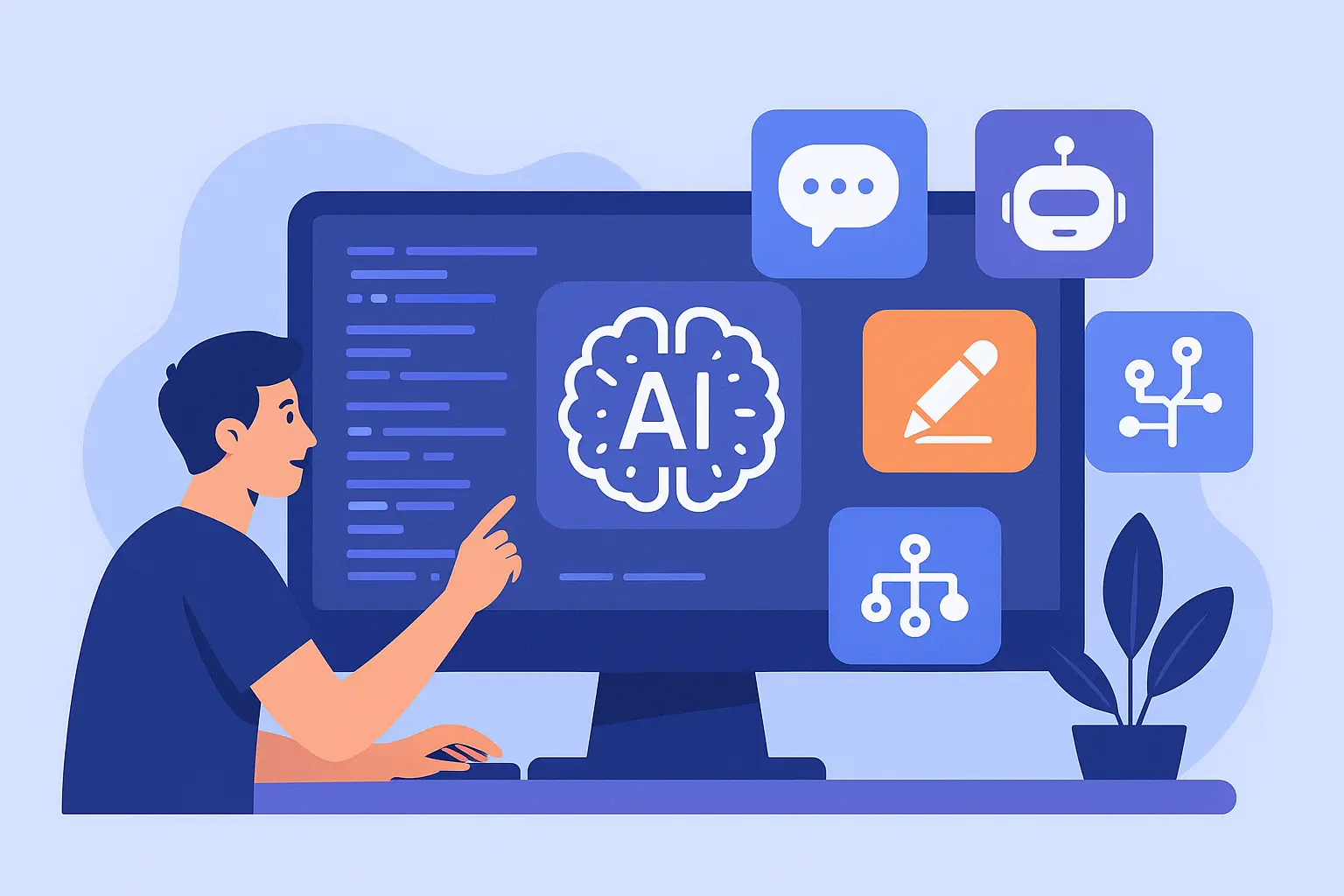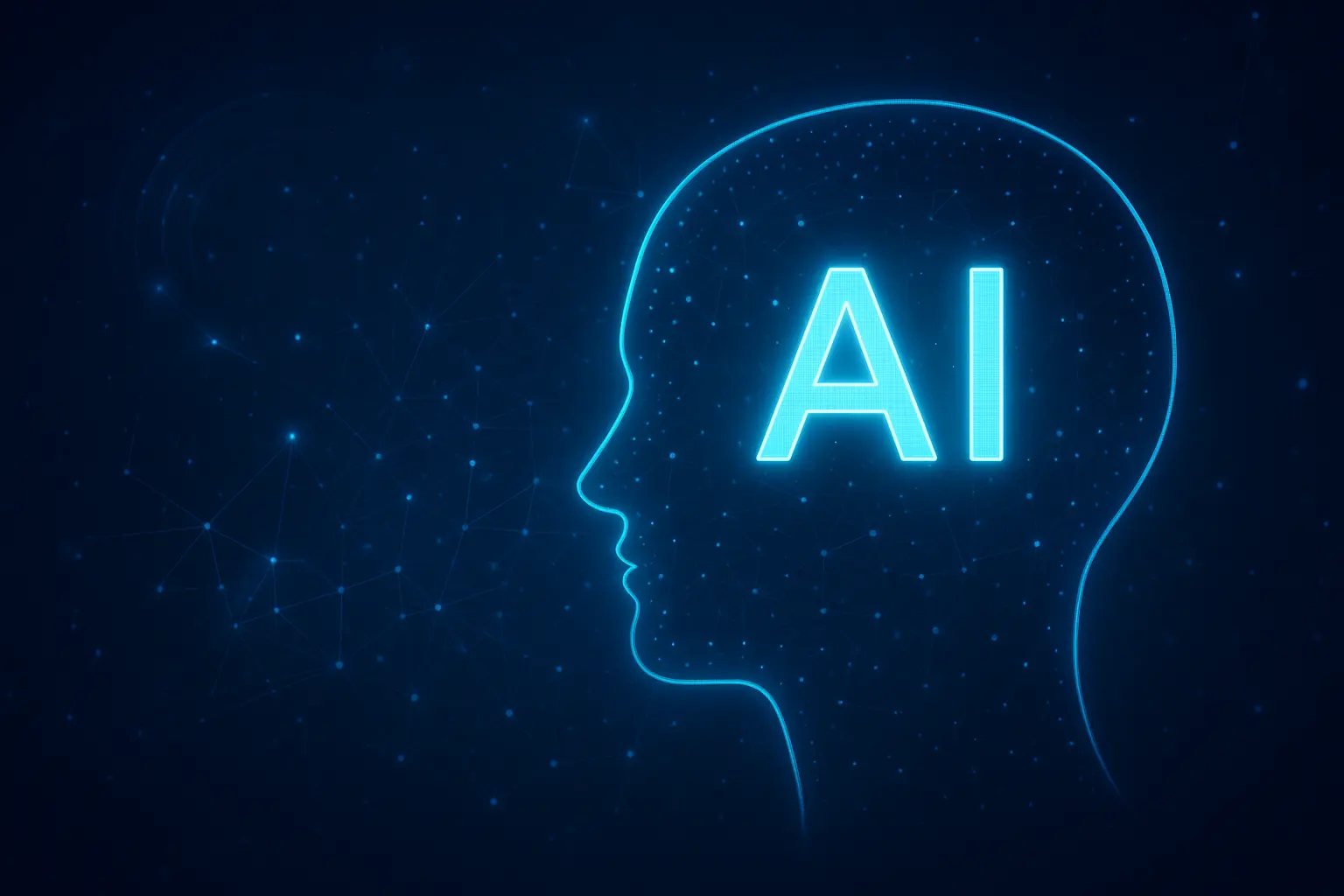November 21, 2025 As artificial intelligence continues to reshape the technology landscape, IT professionals are discovering a wealth of powerful free tools that are transforming how they work, from coding and cybersecurity to infrastructure management and automation. These AI-powered solutions are democratizing access to enterprise-grade capabilities that were once available only to large organizations with substantial budgets.
The Rise of Accessible AI for IT
The past year has witnessed an explosion of free AI tools specifically designed for IT professionals. Google Cloud now offers free usage of many AI products up to monthly limits, including Translation, Speech-to-Text, Natural Language, and Video Intelligence, making sophisticated AI capabilities accessible to developers and small teams without upfront costs.
“AI tools are no longer just about automation they offer smarter solutions, predictive insights, and real-time decision-making capabilities,” notes a recent industry analysis. The shift represents a fundamental change in how IT professionals approach their daily tasks, from writing code to securing networks.
Free Development Tools Leading the Pack
For developers, the landscape of free AI coding assistants has become remarkably robust. GitHub Copilot offers real-time code suggestions inside VS Code and JetBrains, trained on billions of public repositories, and is free for students, maintainers, and select open-source contributors. This democratization of AI-powered coding assistance is leveling the playing field between individual developers and large development teams.
Beyond Copilot, Cursor provides an AI-native IDE built on top of VS Code with built-in chat for every file, while Tabnine offers local-first autocomplete with privacy controls working across more than 20 languages and most major IDEs. These tools are helping developers write better code faster, with intelligent suggestions that understand context and programming patterns.
Cybersecurity Gets an AI Boost
In the cybersecurity realm, free AI tools are proving invaluable for protecting digital assets. Cybersecurity AI (CAI) has emerged as an open-source framework that empowers security professionals to build and deploy AI-powered offensive and defensive automation, already used by thousands of individual users and hundreds of organizations.
The cybersecurity toolkit extends to practical threat detection as well. Free tools like Snort, an open-source network intrusion detection system, uses AI to analyze traffic and identify potential threats in real-time, while OSSEC monitors system logs to detect suspicious activity. These solutions enable even small IT teams to implement enterprise-grade security monitoring.
Microsoft Security Copilot, driven by OpenAI’s GPT models, examines security risks, explains alarms, and helps with incident response processes using natural language, making sophisticated security analysis accessible to professionals without deep security expertise.
Infrastructure and Cloud Management
For IT professionals managing cloud infrastructure, free tools are streamlining complex tasks. Google AI Studio makes it easy to start building with Gemini, including free tiers across the family of multimodal generative AI models, while NotebookLM allows users to create a personalized AI assistant that surfaces insights and provides audio overviews on uploaded data.
Open-source solutions are also gaining traction. Prowler offers comprehensive security assessment and management capabilities tailored for multi-cloud settings, featuring compliance verification in accordance with AWS guidelines and industry norms such as HIPAA and GDPR. Meanwhile, Kubescape performs security assessments for Kubernetes clusters based on NSA and CISA recommendations.
AI-Powered Productivity Tools
Beyond specialized IT tasks, general productivity tools are helping professionals work more efficiently. Perplexity AI is attracting attention due to its high-quality answers, excellent quoting of sources, and ability to stay on topic even as users ask follow-up questions, making it an invaluable research tool for IT professionals tackling complex technical problems.
For documentation and analysis, Julius AI allows users to upload data and visualize it using natural language prompts and is free for up to 15 messages per month, helping IT teams quickly make sense of performance metrics and system data.
Prompt Engineering and Testing
As AI becomes more integrated into IT workflows, tools for managing and optimizing prompts have emerged. Langfuse logs and tracks prompts across providers, adding prompt versioning, user attribution, and outcome scoring to any app using OpenAI or Gemini. This capability is crucial for IT teams building AI-powered applications and needing to maintain quality control.
The Democratization Effect
The availability of these free tools represents a significant shift in the IT industry. Previously, advanced AI capabilities required substantial investments in proprietary software or cloud computing resources. Now, individual developers, small businesses, and IT departments in resource-constrained organizations can access tools that rival or exceed commercial alternatives.
New Google Cloud customers receive three hundred dollars in free credits to use towards Vertex AI, providing additional runway for teams to experiment with advanced AI capabilities before committing to paid plans.
Looking Ahead
As we move deeper into 2025, the trend toward free, powerful AI tools shows no signs of slowing. The implications for IT professionals are profound: those who embrace these tools can dramatically increase their productivity, improve security postures, and deliver more value to their organizations all without significant budget increases.
However, experts caution that while these tools are powerful, they should complement rather than replace human expertise. Understanding when and how to use AI tools effectively remains a critical skill that IT professionals must develop.
For IT professionals looking to stay competitive in 2025 and beyond, exploring and integrating these free AI tools into daily workflows is no longer optional it’s essential. The future of IT work is here, and it’s more accessible than ever.







